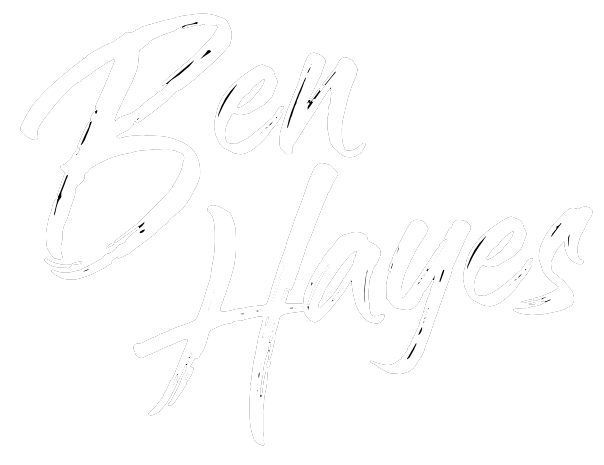How to interpret these charts
There are nine rows of colored squares shown in these Clear Sky Charts. The rows are grouped into two sets, with "Sky" conditions on the top and (2) the "Ground" conditions shown on the bottom. Each row as colored squares depicting the conditions for each hour of the day for nine different parameters. The "Sky conditions" set of rows addresses five parameters: (1) Cloud Cover; (2) ECMWF Cloud; (30 Transparency; (4) Seeing; and (4) Darkness. The "Ground conditions" set of rows addresses four parameters: (1) Smoke; (2) Wind; (3) Humidity; and (4) Temperature. I typically focus my attention on the fourth line in the upper set, the row of colored squares labeled "Seeing."
The different colors correspond to the following conditions:
You're looking for nights with squares in medium to dark blue, typically one hour after sunset and one hour before sunrise.
Excellent seeing means at high magnification you will see fine detail on planets. In bad seeing, planets might look like they are under a layer of rippling water and show little detail at any magnification, but the view of galaxies is probably undiminished. Bad seeing is caused by turbulence combined with temperature differences in the atmosphere. This forecast attempts to predict turbulence and temperature differences that affect seeing for all altitudes.




